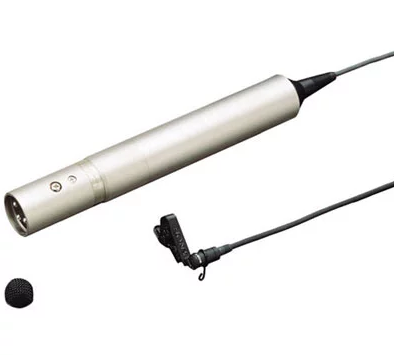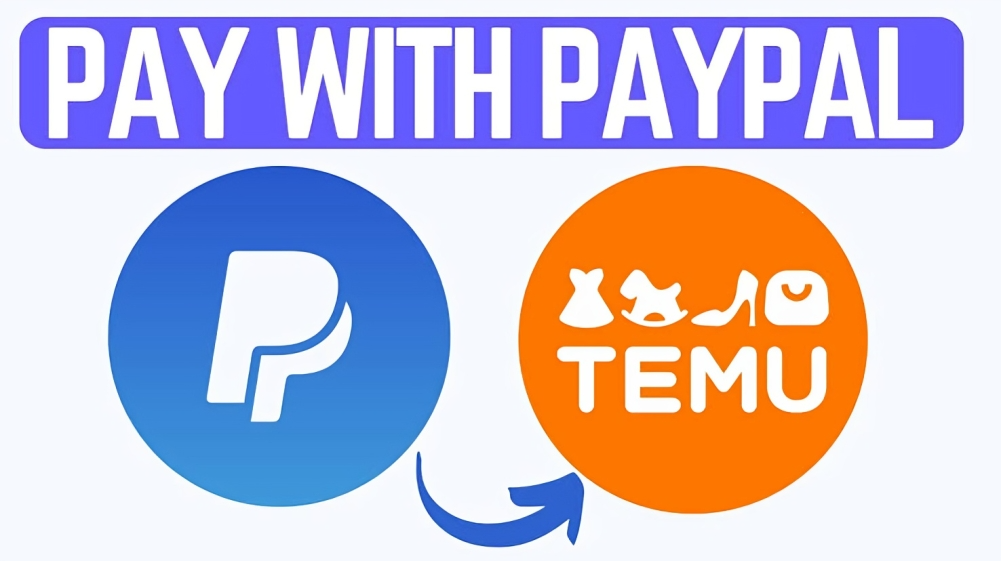Although a pop filter looks like a microphone accessory that seems unnecessary, it greatly impacts sound recording. While most people underestimate this disk-like thing, it actually serves a bigger purpose. So, in this article, you will understand what does a pop filter do? How it works and why you need one. Besides, you will also explore different types of pop filters used in the industry along with tips to use them effectively. Moreover, you will learn ways to choose the correct pop filter for your needs and common mistakes to avoid when using it.
Understanding Pop Filters

Pop screen or pop shield, this small, non-electrical audio equipment, is used for audio recordings to mitigate plosive sounds. Plosive sounds are backed by a high amount of air when some words are released from your mouth instantly.
This mostly happens during speeches or vocal recordings for a song. These sounds are undoubtedly part of any natural speech and are noticeable in a high quantity during vocal performances. However, they can cause a nuisance in your audio recordings, which is why pop filters are needed.
Remember, plosive sounds can lead to an unpleasant thumping or popping noise once the sound waves hit your microphone diaphragm directly. Some of the most common plosive sounds start with alphabets like ‘b,’ ‘d’, ‘t,’ and ‘p.’
How Do Pop Filters Cease Popping Sounds?

A pop filter is comprised of a hoop, generally known as a ‘frame,’ that holds a thin and semi-transparent material often made of nylon and is positioned in front of your microphone. The material plays a vital role in allowing the sound waves to pass through it and hit the mic without any hindrance. But, at the same time, the material acts as a blockage to instant air due to plosive sounds.
The main science behind the working of a pop filter is the ability to distribute the airflow produced by plosive sounds. So, when you pronounce any plosive words, you release a puff of air, hitting the pop filter. This filter disperses the airflow over the surface (mesh), obstructing it from reaching your mic’s diaphragm directly.
As a result, all the plosive sounds get weak before they reach the microphone, mitigating the chances of getting distorted audio signals and ceasing the undesirable popping sounds. The acoustically transparent mesh in the pop filter only permits clean sounds to travel through it.
Common Tasks where Pop Fiilters are Required
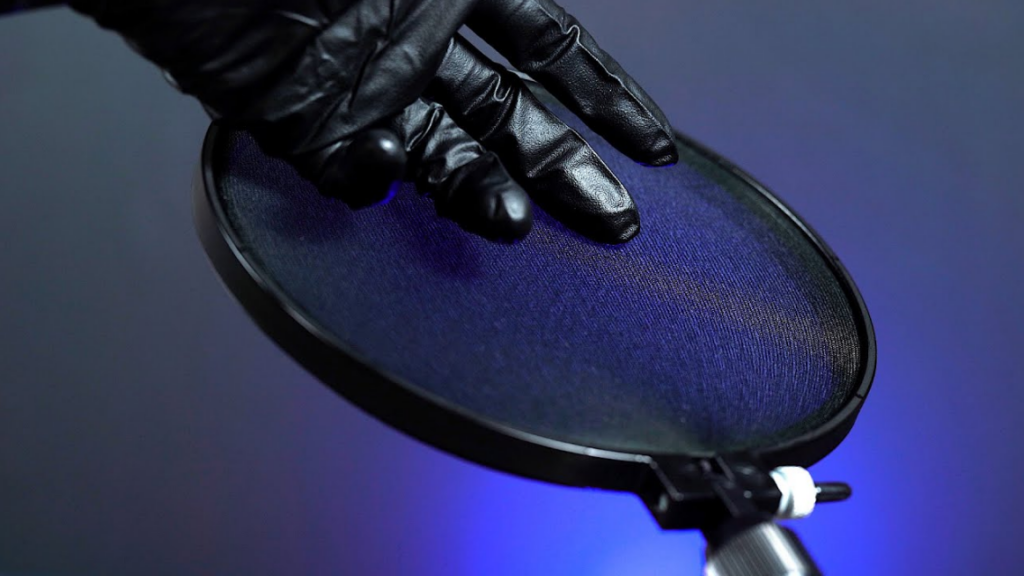
Pop filters cannot be avoided when it comes to audio. Here are some of the industry’s most common applications of pop filters.
- ASMR
- Home recordings
- Live sound events
- Podcasting and streaming
- Professional Recording studios
5 Benefits of Using a Pop Filter

A pop filter is necessary for the following reasons:
1. Enhanced Sound Quality
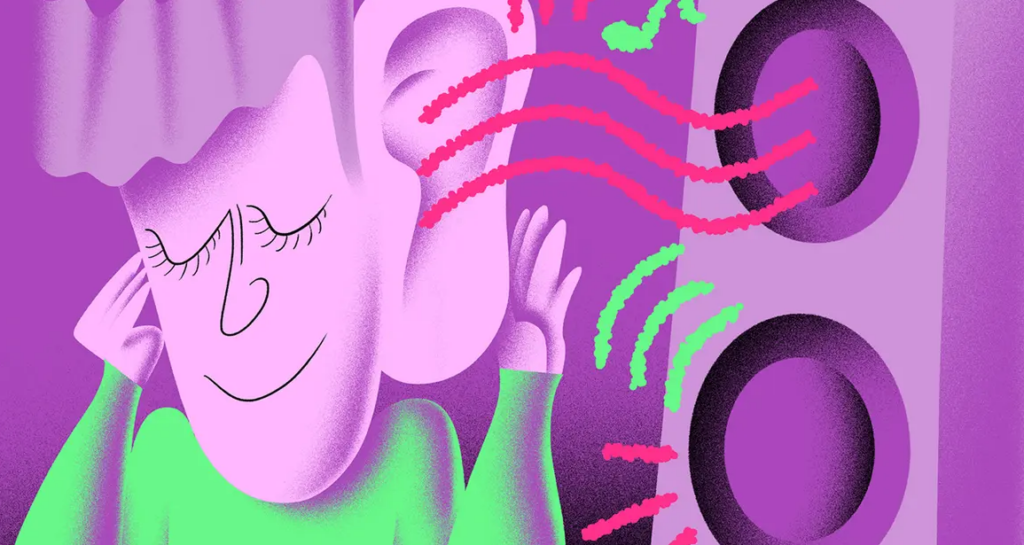
One of the main advantages of using a pop filter is to improve the quality of your audio recordings. As discussed earlier, plosive sounds, when produced during singing and speaking of particular words, can create low-frequency vibrations. This leads to disruption in the recorded sound. But when you use a pop filter, it helps you record clear and crisp audio.
2. Lesser Effort Over the Post-Production
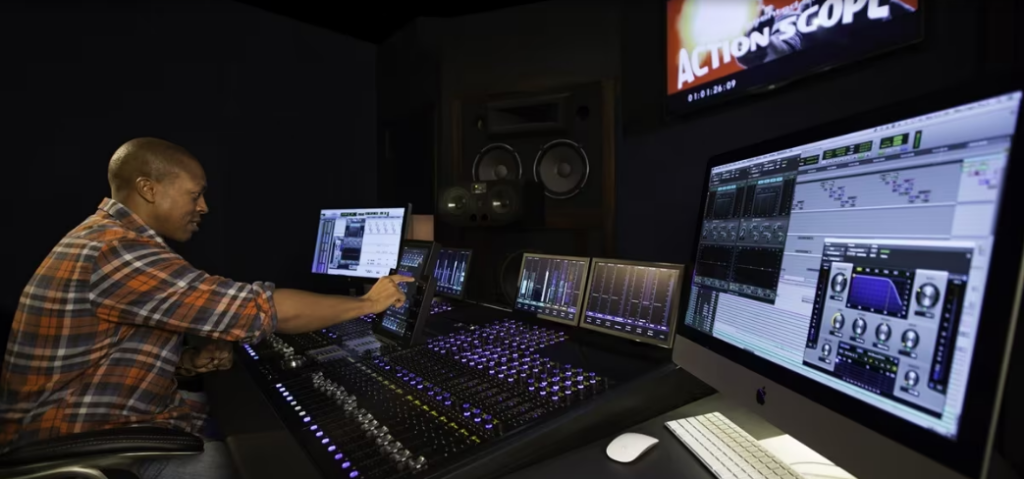
When plosive sounds are not treated correctly at the initial stage of recording, they increase the workload of sound engineers and create a lot of challenges in the post-production phase. This is because removing plosive elements later in the recording is an extremely time-consuming process.
The process may call for the use of several software effects, such as compressing and EQ, to resolve the issue. And still, the results are not guaranteed. But when you use a pop filter for vocal recording, it really simplifies the entire process. It saves great time and effort while ensuring high-quality audio output.
3. Uniformity

Pop filters are enormous contributors to providing regularity in audio recordings. This helps you to create next-level professional content through consistency in the intensity of intakes. What happens is that when you use a pop filter, it minimizes plosive sounds continuously and in the same manner so that all vocal tracks receive a uniform sound. This evenness is important for maintaining quality in the final audio file, whether it is a music track, podcast, voice-over, or any other type of audio content.
Conversely, if you don’t use a pop filter, you will record different variations of plosive sounds, which will cause a noticeable difference in the audio. And to rectify such inconsistencies, you will have to spend time and effort on the post-production.
4. Keeps Microphone Safe and Sound

Microphones are fragile and require intense care not only from physical damage but also from plosive sounds. In some cases, although the sound volume may not hurt your microphone, plosive sounds may degrade its quality over time. That is why you need a pop filter to create a barrier for your microphone to extend its durability and lifespan and ensure continuous high performance.
5. Provides Comfort to Vocalist

Fewer retakes and exceptional vocal quality, what else does a singer seek while standing in front of the microphone? However, it requires a high level of confidence to deliver vocals of such intensity and accuracy, and pop filters aid this process.
Using a pop filter permits vocalists to sing lines with 100% confidence, as they know they won’t disrupt the audio recording due to plosive sounds. This creates a soothing and relaxing environment for the artists and saves time for the music producers and engineers.
5 Popular Types of Pop Filters Used in Audio Recording
There are several kinds of pop filters in the market, each with its own unique qualities and advantages. To pick the right pop filter depends on your preference and specific needs. So, here are the 5 common types of pop filters.
1. Foam Pop Filters

In case you can’t recall these pop filters, try remembering the times when you saw a lady or a gentleman taking an interview on a street while holding a mic that has a cushy material on its head.
This cushy material is made of a thick foam material and is placed directly on the microphone. Foam pop filters are best for mitigating plosive sounds and are commonly used with handheld, condenser microphones.
2. Metal Mesh Pop Filters

While the construction of metal mesh pop filters is similar to the nylon mesh pop filters, the only difference is the material used in them. Instead of having a fabric mesh, these pop filters have a metal mesh circled in a metal frame. Metal mesh microphone filters are ideal for durability purposes and are used in live audio environments, such as concerts, because they have a robust body and can bear rough handling.
3. Nylon Mesh Pop Filters

Nylon mesh is a widely used type of pop filter, often utilized in broadcasting and recording studios. They contain a circular frame with a high-quality nylon mesh stretched and double-layered across it. This mesh is acoustically transparent, which ensures diminishing plosive sounds.
4. Metal Plate Pop Filters

Metal plate pop filters are rarely used in the industry, but they are still great at diffusing plosive sounds. These pop filters have a solid metal plate with small perforations or holes that permit your vocals to pass through.
5. Metal Nylon Pop FIlters

Some pop filters combine both metal and mesh, or metal and foam, to offer a balance between acoustic transparency and durability. Such pop filters are called metal mesh pop filters or hybrid pop filters, which are also used in different recording scenarios.
4 Tips to Use Your Pop Filter Correctly
Attaching a pop filter to your microphone doesn’t end the story. So, here are 4 best practices to use pop filters productively.
a. Clean the Pop Filter
Regardless of material, pop filters have a netty construction with holes in them. With time, these holes are filled with moisture, dust, and debris, which impacts their intensity to diffuse the popping sounds. So, you must clean pop filters daily to make sure they stay acoustically transparent.
b. Correct Performers Position
Whether sitting or standing, help the vocalist maintain a continuous distance from your pop filter throughout their performance. Help them know how near or far they can come or go when singing high or low notes. Also, encourage them to keep their mouth’s angle exactly where the pop filter is.
c. Keep an Accurate Distance
When placing the pop filter between the sound source (mouth of the artist) and microphone, ensure to keep at least a distance of 2 to 4 inches. Also, adjust the angle of the pop filter in a way so that the plosive sounds directly strike the filter’s surface.
d. Use Good Mic Techniques
When all the above instructions are followed, ask the performer, or yourself as a singer, to follow the good mic techniques, like angling the mic a bit off-axis from the artist’s mouth. Likewise, if the artists need to hold the mic, make sure they hold it through the stand and not from the back of the microphone or pop filter.
How to Pick the Right Pop Filter?
Choosing the correct pop filter that fits your requirements can make a huge difference in the overall quality of your audio recordings. So, here are a few factors to consider when choosing the best pop filter.
a. Know Your Mic Size
The first and foremost thing to consider before selecting a pop filter is to determine the diaphragm design and size of your microphone. Make sure the pop filter you pick covers the entire area of the mic. While larger pop filters can still be good, choosing smaller ones compared to your microphone’s size won’t be able to cease plosive sounds.
b. Recording Place
Understand the location of your audio recording. Ask yourself if you will record sounds inside the studio or out in the open. In a music studio, a larger and more durable pop filter will work exemplary. However, if you are recording on the field, you should go for small and portable pop filters, but according to your microphone type and diaphragm size.
c. Design and Material
As you know, there are different types of pop filters made with distinct materials, such as metal mesh, nylon, and form, so choose a pop filter that will suit our needs.
d. Budget
Pop filters can range in different pricing. Therefore, you must choose it according to your budget. If your spending power isn’t high, look for medium-cost pop filters with good performance.
Things to Do to Avoid Mistakes when Using Pop Filters
Since you know what does a pop filter do, it is also essential to understand what things to ignore when you’re using a pop filter, such as:
- Angle the microphone slightly away from the mic
- Often check for damage and replace the equipment for high audio quality
- Do not avoid doing inspections and keeping maintenance of the pop filter
- Ensure correct mounting of the pop filter to stop its movement during audio recording
- Do not forget to keep a distance between the singer and the pop filter, as discussed above
- Always choose a filter that is perfect according to your microphone type and recording environment
Conclusion
What does a pop filter do when microphones are there to record sound? This is the common question many novice musicians, audio producers, and sound engineers ask. While pop filters are not directly connected to transferring the audio signals from the sound source to the recording software through the microphone, they have sheer importance in the music industry. The value of a pop filter can be estimated from how it works. The plosive sounds can distort and mess up the entire audio recording, and only pop filters are the first line of defense to cease the popping sounds.
As a result, you can enjoy clean sound and less effort on the post-production work. Moreover, there are different types of pop filters, including Nylon Mesh, Metal Mesh, Foam, or a combination of all the materials. So, picking the pop filter according to your requirements is necessary. Besides, when using a pop filter, ensure you follow the correct ways to handle it, such as good mic techniques to avoid mistakes.
If you’re aiming for professional, crystal-clear audio recordings, pairing a good pop filter with a wireless lavalier microphone can significantly enhance your results. Especially useful for capturing crisp voice-quality interviews or presentations, a wireless lav mic ensures clarity and freedom of movement – perfectly complementing your pop filter setup.
FAQs
Q1. Does a pop filter make you sound better?
Yes, pop filters reduce the intensity of plosive sounds, making you sound better on the mic.
Q2. Do you really need a pop filter?
Pop filters are necessary for audio recording, especially for close-up vocals with lots of breathing and ‘p’ and ‘b’ popping sounds. They help diminish the plosive sounds, resulting in cleaner audio.
Q3. Does a pop filter reduce noise?
Pop filters are made to reduce plosive words. You can use noise filters and record your voice in a studio environment to reduce noise levels.
Q4. Are expensive pop filters better?
Excellent quality pop filters are expensive and offer great performance when it comes to reducing unwanted popping noises.


































.png)


